Thanks to diligence and willingness to learn new production methods, Mr. Tran Van Tu's family in Village 4, Gio Hai Commune, Gio Linh District, Quang Tri Province has built a multi-animal farming model that brings high economic efficiency, contributing to diversifying local agricultural products.

Mr. Tu introduces his family's American turkey farming model - Photo: NT
Visiting the economic model of Mr. Tu's family, he enthusiastically led us to visit the family's multi-animal livestock farm. On a sandy land of more than 1,700 m2, he arranged nearly 1,000 m2 to build a separate area for raising pigs, chickens, and ducks; and reserved more than 300 m2 to grow water spinach and bananas as food for the livestock.
Mr. Tu said that in the past, he worked as a seafarer, but because his health did not guarantee long-term seafaring and his family's economic difficulties, he decided to go to Dong Nai to learn the profession of raising quails. After 3 months of training, he worked as a quail breeder at farms with a population of 3,000 - 15,000 quails. When he had a little capital, he decided to return to his hometown to build a solid house, and borrowed 50 million VND in preferential capital from the district's social policy bank to build small barns to raise sows, chickens, and ducks.
During the process of raising livestock, he actively participated in training courses on livestock and poultry raising techniques organized by the district and commune farmers' associations; at the same time, he learned from the experiences of those who went before. Thanks to hard work and good disease prevention, for the past 15 years, his family's livestock has grown year by year, without any outbreaks of disease. Currently, in his family's farm, there are 20 sows and nearly 180 pigs/batch (2 batches per year). He takes advantage of pig manure to fertilize the plants, so the plants grow well on sandy soil.
“Traders who buy goods have long known that my family raises clean pigs, mainly feeding them with agricultural by-products such as water spinach, sweet potato leaves, rice bran, etc.; and prevents diseases well, so they trust us and buy pigs at good prices. Therefore, the output of products is always stable, and our pigs are always bought at a higher price by traders than those of industrially oriented households. After deducting expenses, my family makes a profit of more than 200 million VND each year from raising pigs,” Mr. Tu shared.
In addition to raising pigs according to VietGAP standards, 8 years ago, Mr. Tu's family also chose American turkeys bought in the North to raise and breed. According to him, this is an easy-to-raise chicken, bringing much higher economic efficiency than domestic chickens. Each adult chicken weighs from 8 to 14 kg. On average, he sells more than 100 meat chickens each year, each meat chicken costs from 2.5 million VND to more than 3 million VND; breeding chickens alone cost about 500 thousand VND/pair. His family's income from American turkeys and ducks is about 50 million VND/year.
Mr. Tu said: “Thanks to the effective multi-cow farming, my wife and I quickly paid off our bank debt and had capital to invest in developing the model. In the near future, we will re-plan the farm more reasonably to ensure that livestock farming follows VietGAP standards.”
Raising multiple animals creates a stable source of income, limiting risks when unfortunately one type of livestock falls in price. The model also helps Mr. Tu's family take advantage of agricultural waste as a source of food for livestock and crop farming, reducing investment costs. Despite his old age and declining health, Mr. Tu still diligently seeks effective economic development directions, especially livestock farming to bring clean products, meeting the increasing needs of consumers.
His family's livestock model actively contributes to the construction of new rural areas and is learned and followed by many local farmers.
Ngoc Trang
Source: https://baoquangtri.vn/hieu-qua-tu-mo-hinh-chan-nuoi-da-con-187793.htm


![[Photo] Keep your warehouse safe in all situations](https://vphoto.vietnam.vn/thumb/1200x675/vietnam/resource/IMAGE/2025/10/1/3eb4eceafe68497989865e7faa4e4d0e)



![[Photo] President of the Cuban National Assembly visits President Ho Chi Minh's Mausoleum](https://vphoto.vietnam.vn/thumb/1200x675/vietnam/resource/IMAGE/2025/10/1/39f1142310fc4dae9e3de4fcc9ac2ed0)
![[Photo] Hanoi morning of October 1: Prolonged flooding, people wade to work](https://vphoto.vietnam.vn/thumb/1200x675/vietnam/resource/IMAGE/2025/10/1/189be28938e3493fa26b2938efa2059e)
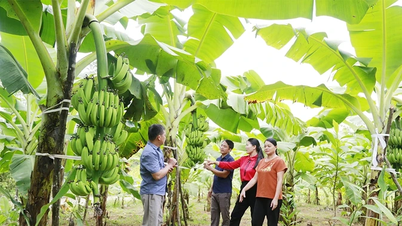





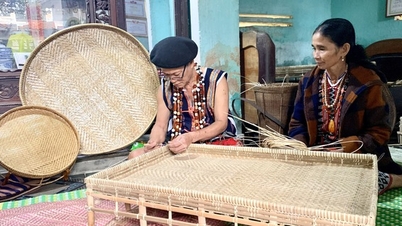



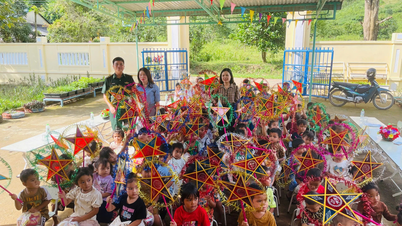

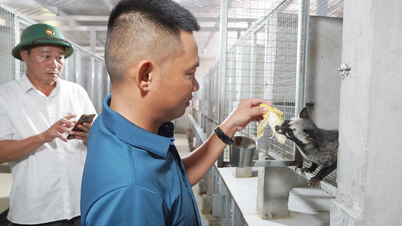

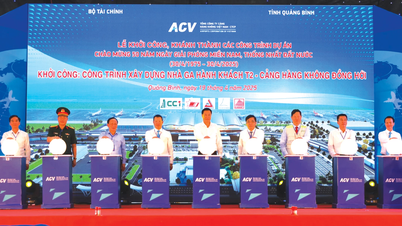

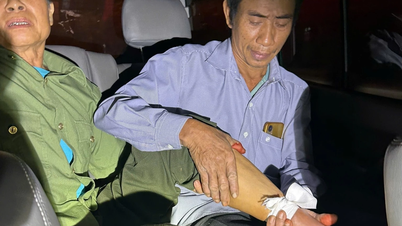







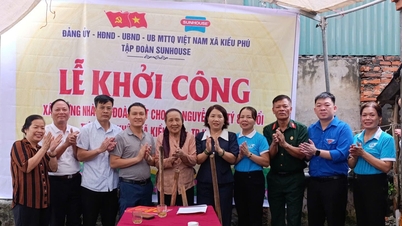
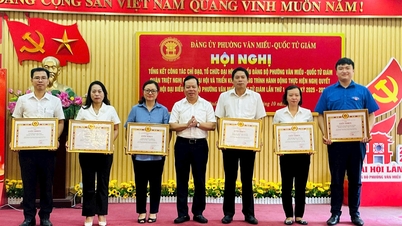
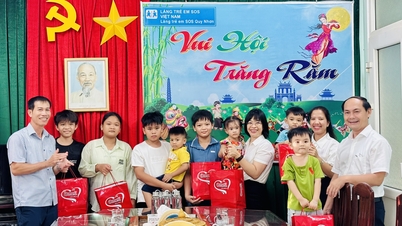







































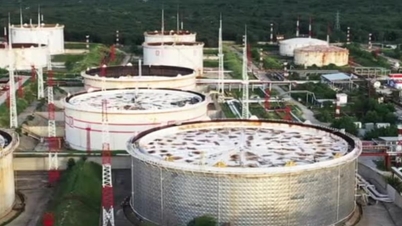
























Comment (0)